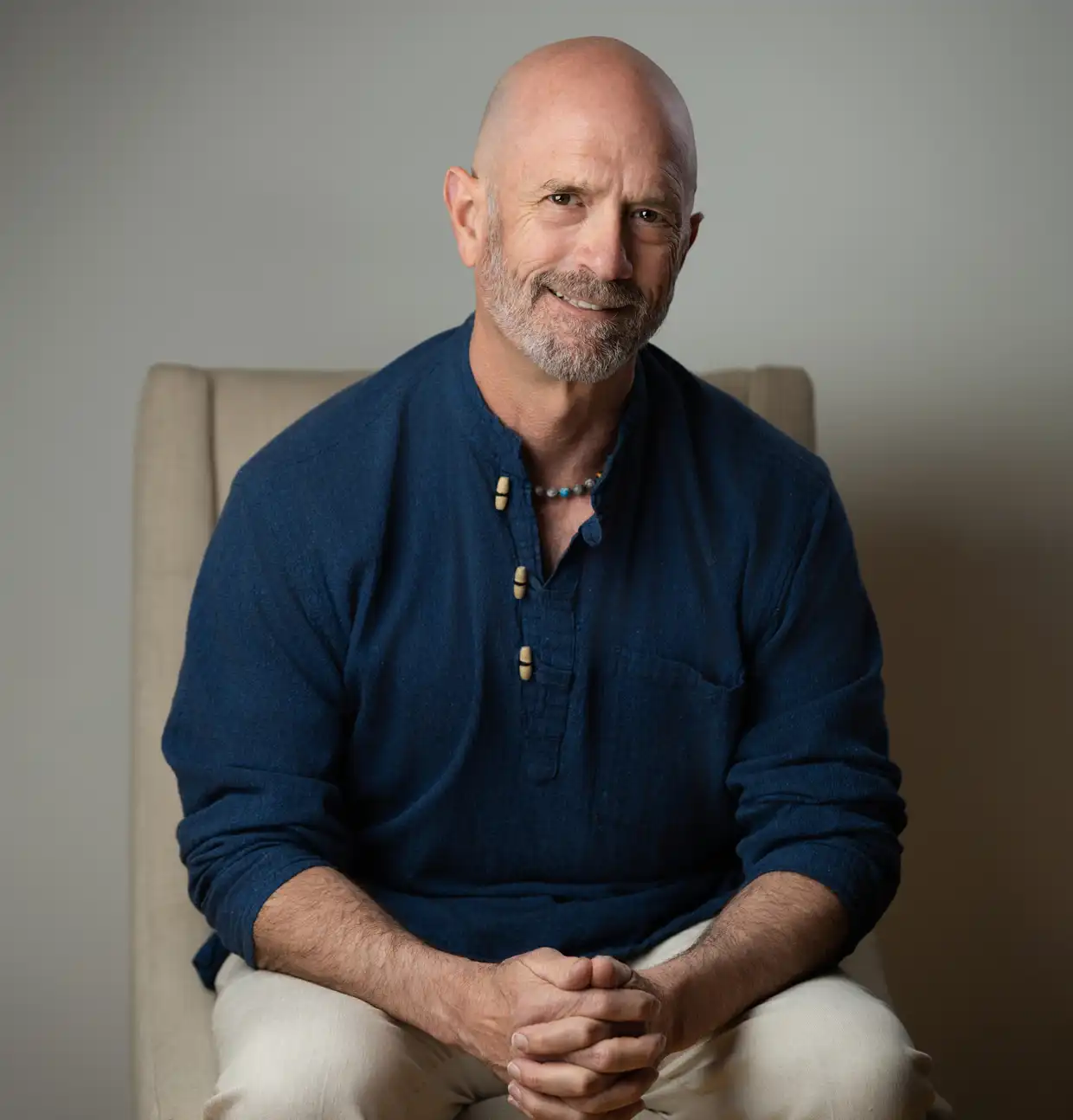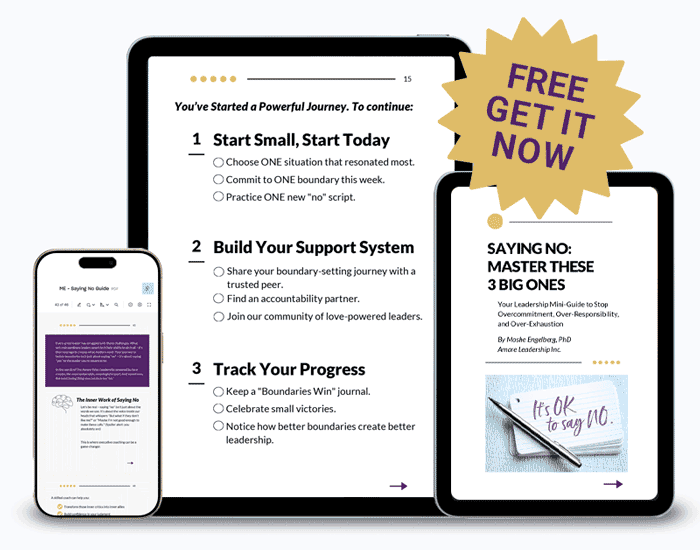Imagine this: You’re the CEO, doing your work, and suddenly one of your directors is at your door, venting about their manager. The real issue? Instead of having a direct conversation with their boss, they’ve decided to loop you in—again. You start to feel like you’re running a personal hotline for team drama.
I get it—you want to help, especially when employees are upset. But here’s the hard truth: you don’t have to be the problem-solver every time.
This is a classic example of triangulation—when someone takes their issue with a colleague and brings it to someone else instead of addressing it with the person involved. As a CEO, you don’t want to be caught in the middle of triangulation. It undermines trust and wastes time.
Sometimes, you just need to coach them through it, so they can learn to handle it themselves. And if that doesn’t work, bring in a professional mediator.
Are You a Fixer? Or a Coach?
Consider these questions:
- How often do you feel the need to solve everyone’s problems?
- What key boundaries do you need to set to empower your team?
- In which situations do you struggle to coach instead of solve?
Prevent Triangulation by Coaching Instead of Fixing
Stop trying to be everyone’s problem-solving superhero! First, set clear expectations so employees understand that it’s their responsibility to resolve conflicts themselves as best they can. You are there to coach, not mediate. Here’s how to stop yourself from jumping in unnecessarily:
Set a “no triangulation” policy: Let your team know that you’re available to coach and help with perspectives, but you’re not the intermediary. They need to speak directly to each other.
Remove the middleman tactics: If a director comes to you about an issue with their boss, ask: “Have you talked directly to your boss about this? What did they say?” Empower them to handle it first.
Coach, don’t intervene: Guide your team to find solutions instead of fixing the issue yourself. Ask them, “What would you say if you had a direct conversation with your boss?”
5 Amare Action Steps to Be a Coach, Not a Mediator
1. Set expectations for conflict resolution. Encourage your team to resolve conflicts directly with each other first, and only come to you if they need guidance. You are there to lead, not referee!
2. Acknowledge your own insecurities. Are you stepping in because you feel the need to be liked or solve everyone’s problems? Recognize those feelings, and remind yourself that coaching can be far more empowering than solving.
3. Make it safe. Create psychological safety by fostering a culture where your team feels comfortable sharing their thoughts, concerns, and mistakes without fear of judgment. Reward employees for handling their own conflicts and taking accountability for their actions.
4. Provide skill-building resources. Provide your team with the tools and training they need to solve problems independently. This includes resources on conflict resolution, courageous conversations, and emotional intelligence.
5. Bring in a professional when needed. Recognize when a situation is beyond your expertise and bring in a professional coach or mediator. Keep your focus on long-term growth and solutions, not just putting out fires.
Hey Coach, Empower Your Team!
Let’s be real: as a CEO, you might feel the pressure to step in and be the fixer every time someone has a problem. However, instead of giving in to that impulse to solve everything yourself, coach your team to be their own best problem-solvers.
You may know the famous Lao Tsu quote: “Give a man a fish, and you feed him for a day. Teach him to fish, and you feed him for a lifetime.” So, set boundaries and empower your team to resolve their issues.
Not only does this make you a stronger leader, but it creates a culture of accountability and problem-solving. No more triangulation! You’ll still be the admired CEO—but now, your superpower is coaching, not fixing. Your team will thank you for it.
Find Your Power – Especially When It’s Hard
Would it help you to discover how to exercise your courage even in the most challenging situations–always leading with love even if you’re afraid? If your answer is even a “maybe,” Reach out today to make your leadership even more impactful.
Today’s Amare Wave Wednesday Quote
“The most powerful leadership tool you have is your own personal example.”
— John Wooden, Hall of Fame basketball coach
Click here and read more Amare Wave Wednesday newsletters on related topics:
7 Steps to First Hold People Able Before Holding Them Accountable: The Path of Amare Leadership
Stop Avoiding Conflict: 7 Ways Effective Leaders Have Courageous Conversations
How to Navigate Strong Emotions To Not Derail Your Core Commitments: A Leader’s 5 Step Guide
Embracing Openness and Love in Leadership: CEO Alan Mulally’s Path to “Working Together” Success
Simple Ways to Get More Creative, Solve Big Problems, and Innovate Better
Original article published on Inc.com.


